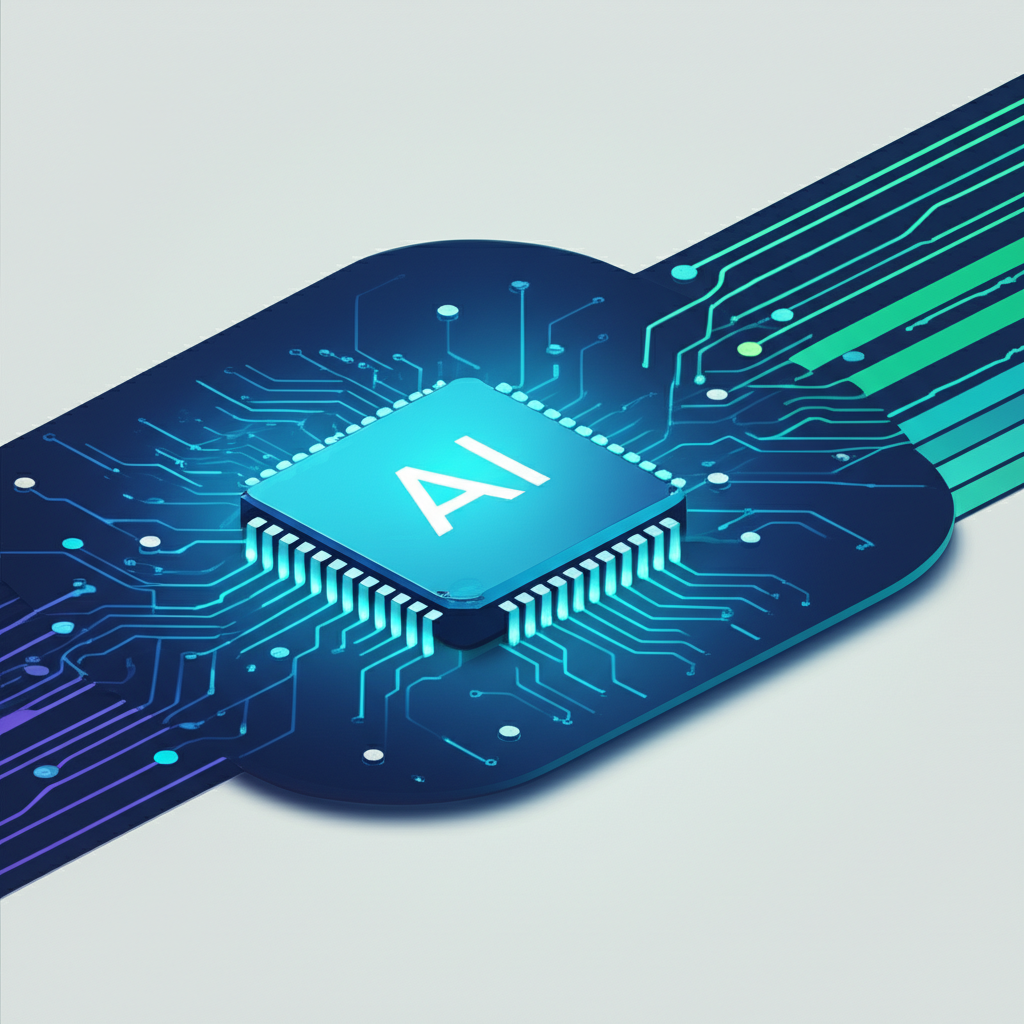
The landscape of artificial intelligence is rapidly evolving, moving beyond simple question-and-answer interactions to a more anticipatory and integrated role in our daily lives. OpenAI’s recent introduction of ChatGPT Pulse, designed to proactively deliver information like morning briefs, signals a significant shift towards asynchronous computing and proactive AI. This paradigm change isn’t just a convenience; it represents a fascinating convergence of advanced machine learning, natural language processing, and sophisticated system design. For STEM students, understanding the underlying principles of this evolution offers a rich educational journey into the future of intelligent systems, revealing how AI is being engineered to work for us, often before we even realize we need it.
Main Technology Explanation
At its core, the shift to proactive AI, as exemplified by ChatGPT Pulse, involves a fundamental reorientation from reactive to anticipatory intelligence. Traditionally, AI models like earlier versions of ChatGPT operated in a reactive mode: a user would pose a question or prompt, and the AI would generate a response. With proactive AI, the system is designed to initiate interactions or deliver information without an explicit, immediate prompt from the user.
What is Proactive AI?
Proactive AI refers to intelligent systems that can anticipate user needs, preferences, or contextual requirements and then act autonomously to provide relevant information, suggestions, or perform tasks. Instead of waiting for a query, it actively monitors data, learns patterns, and predicts what might be useful. For instance, ChatGPT Pulse isn’t waiting for you to ask “What’s in the news today?”; it’s designed to know you might want a morning brief and deliver it. This requires a deep understanding of user behavior, context, and the ability to process vast amounts of information continuously.
Asynchronous Computing in AI
Central to this proactive approach is asynchronous computing. In a general computing context, asynchronous operations allow a system to perform tasks in the background without blocking the main program flow. For AI, this means the model isn’t just active when you’re typing a prompt. Instead, it’s constantly processing, analyzing, and generating information in the background, ready to deliver it at an opportune moment. Imagine an AI agent continuously sifting through news feeds, emails, calendar events, and other data sources, synthesizing information, and then delivering a concise summary or alert when it deems appropriate. This requires robust cloud computing infrastructure, efficient data pipelines, and event-driven architectures that can trigger AI processes based on various inputs or schedules.
Underlying AI and Machine Learning Concepts
The capabilities of proactive AI are built upon several advanced Artificial Intelligence (AI) and Machine Learning (ML) concepts:
- Natural Language Processing (NLP): This is the bedrock for understanding and generating human language. Proactive AI systems must not only comprehend the content of news articles or user preferences but also generate coherent, contextually relevant, and human-like summaries or notifications. Advanced Large Language Models (LLMs), often built on transformer architecture, are crucial here, enabling the AI to grasp nuances, sentiment, and complex relationships within text.
- Machine Learning Models for Prediction: The “proactive” element hinges on predictive analytics. ML models are trained on massive datasets of user interactions, historical data, and real-time information to identify patterns and forecast future needs. For a morning brief, the AI might learn your typical interests, the types of news you engage with, and the time you usually start your day. Algorithms like recurrent neural networks (RNNs) or more advanced transformer models can process sequential data (like your browsing history or news consumption over time) to make these predictions.
- Contextual Awareness and Personalization: Beyond general prediction, proactive AI needs to be highly personalized. This involves gathering and analyzing various contextual cues: your location, time of day, calendar appointments, recent searches, and even your emotional state (in more advanced, speculative scenarios). Reinforcement learning techniques could be employed to refine personalization over time, where the AI learns from user feedback (explicit or implicit) on the relevance of its proactive deliveries.
- Data Science and Feature Engineering: Before any ML model can predict, data scientists must collect, clean, and transform raw data into meaningful features. This involves identifying what data points are relevant for predicting a user’s need for a morning brief (e.g., past news consumption, work schedule, current events). The quality and relevance of these features directly impact the AI’s ability to be truly proactive and useful.
In essence, proactive AI like ChatGPT Pulse orchestrates a complex symphony of continuous data ingestion, sophisticated ML inference, and intelligent scheduling, all operating asynchronously to deliver timely, personalized information.
Educational Applications
The principles behind proactive AI offer transformative potential within education, creating more personalized and efficient learning environments.
- Personalized Learning Paths: Imagine an AI tutor that not only answers questions but proactively identifies areas where a student struggles based on their performance, then suggests supplementary materials, practice problems, or even alternative explanations before the student asks for help. This could involve an AI monitoring a student’s progress through an online course, detecting patterns of difficulty with specific concepts, and then pushing relevant resources.
- Automated Research Assistance: For students working on projects or theses, proactive AI could revolutionize research. Instead of manually sifting through databases, an AI could be trained to monitor new publications in specific fields, summarize key findings, and alert students to highly relevant articles or emerging trends that align with their research interests. This leverages the AI’s ability to process and synthesize vast amounts of information asynchronously.
- Skill Development and Feedback: In STEM fields, AI could act as a proactive coding assistant, identifying potential errors or suggesting more efficient
algorithmsin real-time as a student writes code, without needing to be prompted. Similarly, for design or engineering projects, it could highlight potential design flaws or material incompatibilities based on learned patterns from past projects.
Real-World Impact
The real-world implications of proactive AI extend far beyond education, promising significant shifts in productivity, information access, and ethical considerations.
Enhanced Productivity and Information Management
- Information Overload Mitigation: In an age of constant information flow, proactive AI can act as an intelligent filter, delivering only the most pertinent information, thereby reducing cognitive load and helping individuals focus on what truly matters. This could range from summarizing daily news to prioritizing emails or flagging critical updates from project management tools.
- Automated Task Management: Beyond information delivery, proactive AI could automate routine tasks. For example, an AI could analyze your calendar and email, then proactively draft meeting summaries, schedule follow-ups, or prepare necessary documents for upcoming appointments.
- Personalized Health and Wellness: In the future, proactive AI could monitor health data from wearables, identify unusual patterns, and proactively suggest lifestyle adjustments, remind users to take medication, or even alert them to potential health issues, all while maintaining strict data privacy protocols.
Ethical Considerations and Challenges
However, the rise of proactive AI also brings significant ethical and practical challenges that STEM students must critically examine:
- Data Privacy and Security: For AI to be proactive and personalized, it needs access to vast amounts of personal data. Ensuring the secure handling, anonymization, and ethical use of this data is paramount. How much data are we comfortable sharing, and who controls it?
- Bias and Fairness: If ML models are trained on biased
datasets, they will perpetuate and amplify those biases in their proactive recommendations. This could lead to unfair or discriminatory outcomes, such as an AI consistently recommending certain types of news or opportunities to specific demographics while overlooking others. - Over-reliance and Autonomy: As AI
This article and related media were generated using AI. Content is for educational purposes only. IngeniumSTEM does not endorse any products or viewpoints mentioned. Please verify information independently.
